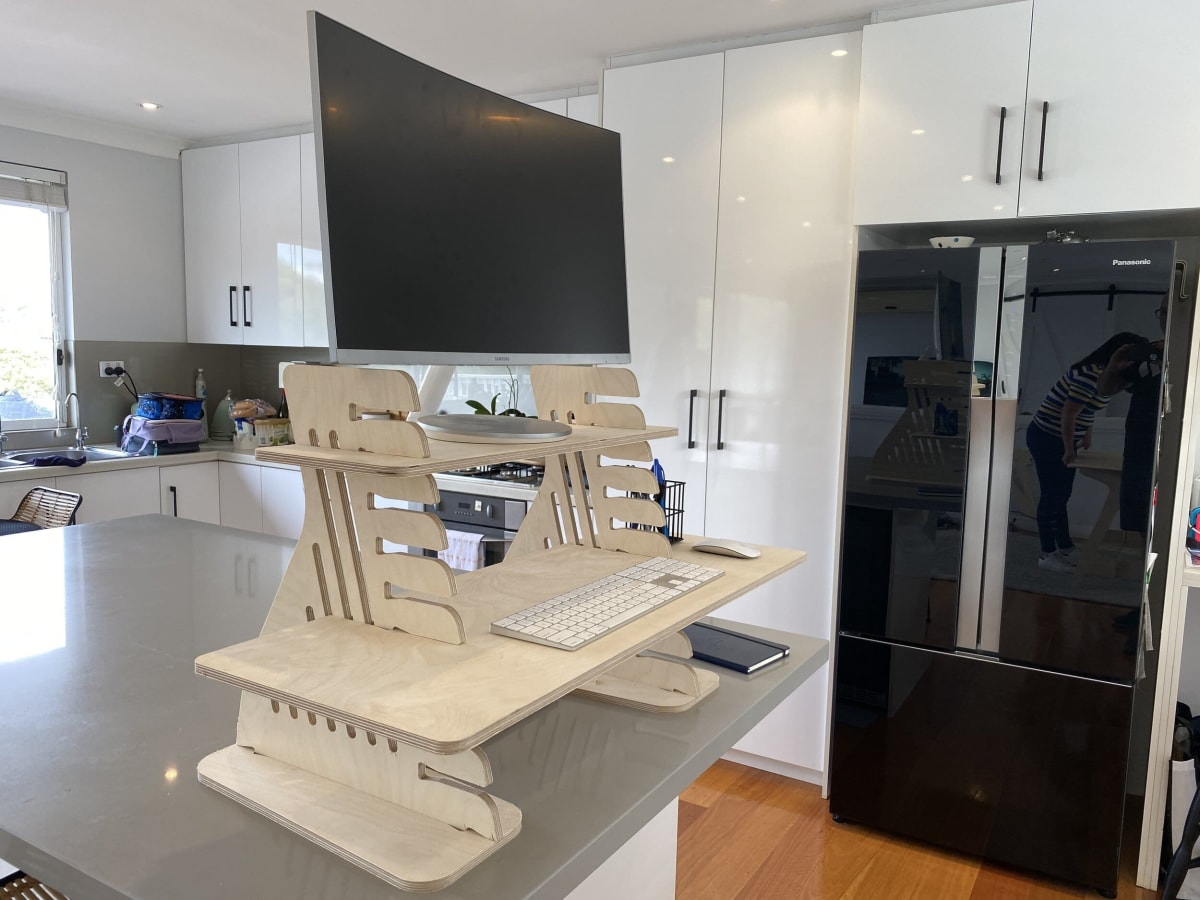How to find opportunities to be valuable right now (a 7-step process)
Whole industries are in shutdown.
Others are experiencing unprecedented demand.
The shift has led to many new needs that are currently under-served. If you can identify them and provide solutions, there are huge opportunities to be had.
We created the following flow to identify opportunities for our clients and for our business. It has been useful for us, so we are sharing it in the hope that it might help you—or your company. We imagine it won’t be fruitful in every case, but it can uncover opportunities for transformative breakthroughs.

Step 1: List your capabilities
Other people are unlikely to know all the things that you or your company can do, so list your…
- strengths, skills, areas of expertise, and core competencies
- experience, case studies, and success stories
- assets
- services
(We did this years ago on our “Services” page, after hearing several clients say, “I didn’t know you did that.”)
Step 2: List your potential customers
List all the former clients, employers, customers, or contacts with whom you’ve had good working relationships.
Step 3: Highlight the ones that are thriving
Highlight the ones that are likely to be thriving right now:
- Industries that offer solutions to problems that the crisis has created. For example,
- Healthcare
- Medicine
- HR services
- Legal services
- Companies that are benefiting from recent trends:
- “At-home” rather than “elsewhere”—like using a home exercise bike versus going to a gym.
- Delivery or electronic delivery rather than “in-person fetching”—like e-commerce rather than bricks-and-mortar stores.
- Remote rather than in-person—like video conferencing rather than trains, hotels, and meeting rooms.
- Companies that provide home, delivery, or remote solutions to never-changing needs:
- Entertainment, play, and gaming
- Groceries
- Fitness
- Physical health
- Mental health
- Relationships
- Law
- Education
- Home and garden
- Communication and socializing
- Companies that provide what economists call inferior goods—goods whose demand increases when consumer income decreases. Inferior goods are often inexpensive solutions to a given problem (for example, instant noodles)—or goods that actually save money (like services that help companies to apply for loans or grants).

Step 4: Highlight the well-funded ones
Highlight also the well-funded ones:
- VC-backed startups that weren’t even planning to make a profit this year.
- Big companies that have deep pockets, so they don’t need to make a profit this year, and are continuing to invest in their business.
Step 5: Highlight the ones that appear to be sitting on huge opportunities
Highlight also the companies that have great opportunities, perhaps because they could easily move into an adjacent space that is growing rapidly. We did this as a team brainstorming session: we listed all our clients in a Google Doc, and then identified potential new opportunities for each of them. For example, a company that sells online courses for parenting could create resources for the specific problems parents are facing during the lockdown.
Countless companies have unserved needs right now. All of them are hungry for solutions that don’t yet exist. So there are many opportunities for creating new products or services. Entrepreneur Nat Eliason recently said:
“Shoutout to my friends Justin and Brent for making this site last weekend, and then selling it to USA Today on Wednesday. That’s the last time I bail on a hackathon.”
The company StageKings made structures for events and festivals. When the live events industry shut down, they pivoted to making and selling desks for people working from home.

Fitness instructor Joe Wicks tripled his YouTube subscribers in three weeks to 2.2 million by pivoting to offering PE lessons to children during the lockdown. He also broke the Guinness World Record for the most viewers in a YouTube livestream.

Online marketplace Zazzle enables customers to design and sell their own products, like jigsaws puzzles and T-shirts. It has recently added face masks to its product range.

Comedian Stu Goldsmith was unable to tour, so he pivoted to creating an online chat show format, which is growing quickly and has managed to attract many top guests.

Step 6: Speak with your potential customers
Now you have a shortlist of companies that trust you, and are likely to be investing in opportunities, speak with them. (For tips on carrying out remote calls, see Selling remotely: A proven 11-step workflow to grow your business with remote sales calls and webinars.)
Structure the conversation around the following framework:
- Seek to identify what their biggest challenges are right now. What’s on their to-do list?
- How do those challenges map onto your capabilities, the ones you listed in Step 1?
- How could you solve their problems?
- Such companies are likely to be cash-rich but time-poor. How could you take work off their hands? How can you roll up your sleeves and make their lives easier? How could you be easy to hire?
For us, this step revealed a whole host of new needs that our clients now have. Almost all aspects of their businesses have been impacted.
(It would be remiss of us at this point not to ask what your challenges are. Let us know if there are any you suspect we might be able to help with.)
Step 7: Design and provide something they need
Once you have identified the needs, you want to look for commonalities. Design solutions that are simple, that serve many people’s pressing needs, and that you have a right to win because the solution matches the capabilities you listed in Step 1.
You can tell if you have the “right to win” a particular type of work by asking the following:
“If everyone in the world piled into this opportunity, would I still fancy my chances at winning?”
In other words, you aren’t asking, “Is this an opportunity?”; you are asking “Is this an opportunity for me?”
For us, we decided to keep it simple. We are continuing to focus on our existing service (we are fortunate that it’s still in demand), but we are also providing support with managing teams remotely and identifying opportunities for new products and services—capabilities that were already within our core competencies.
For our clients, the process has led to strategies that are bolder—like providing new services to new customer segments; launching new brands; testing new advertising channels (there are some bargains right now); and converting in-person services into remote ones.
If, after completing the process, you find yourself feeling reluctant to take action, even though you know it makes sense, you might like to read our article about psychological barriers that stop you from adapting.
We hope you find the process useful. We’d love to hear the successes it brings you.
How much did you like this article?
© 2025 Conversion Rate Experts Limited. All rights reserved.










